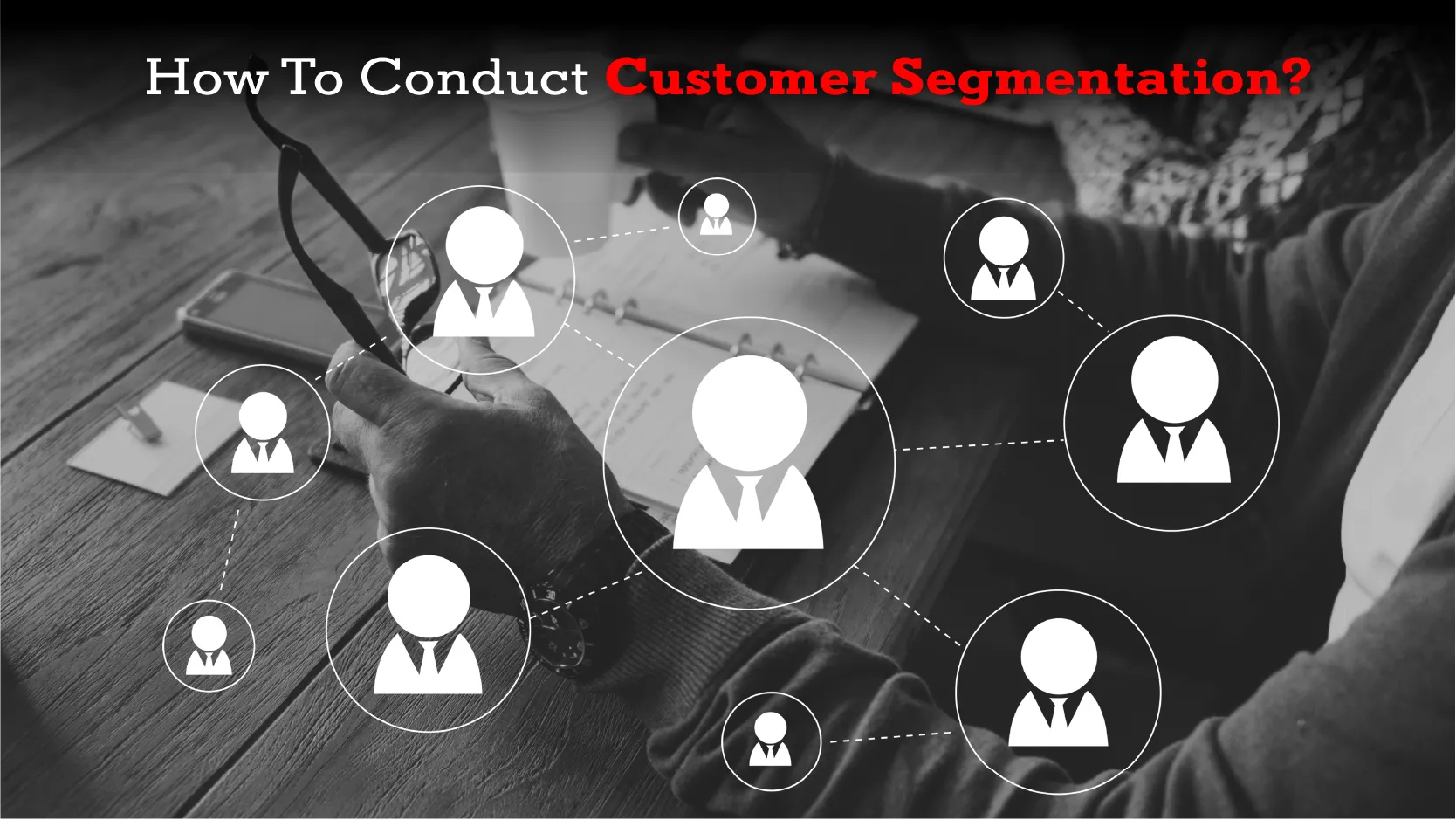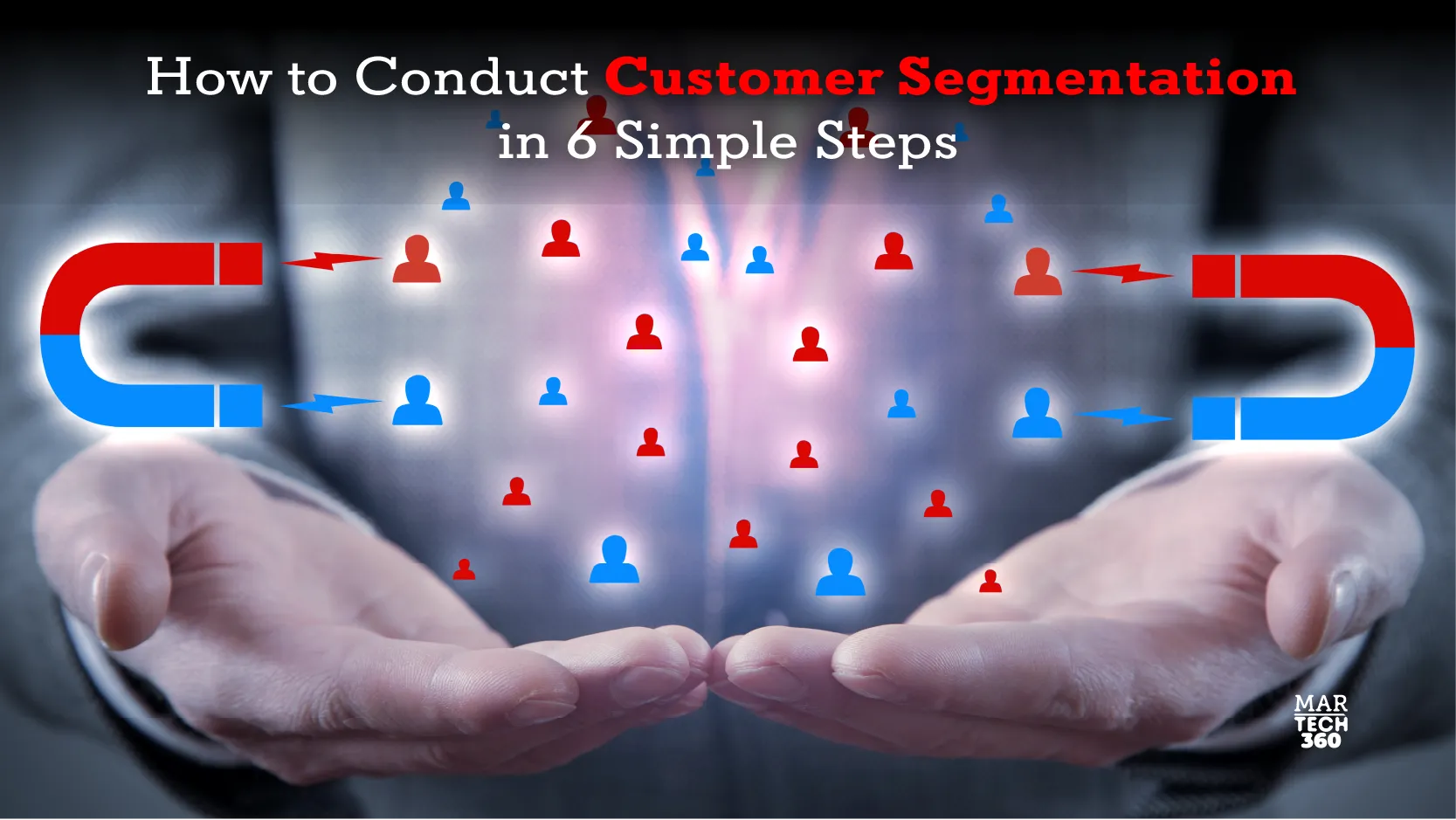Understanding and targeting customers is tough. Customers come from diverse backgrounds, making it hard to personalize marketing efforts. This often wastes resources and opportunities. The solution is customer segmentation.
By grouping customers based on similar demographics, behaviors, or preferences, businesses can create targeted marketing strategies. This leads to better engagement, higher conversions, and overall business success. According to LinkedIn, 80% of businesses using market segmentation report higher sales. Let’s understand more about this marketing tactic.
What Is Customer Segmentation?
The practice of grouping customers according to shared traits, habits, or inclinations is known as customer segmentation. It enables companies to better target and customize their marketing efforts by bringing their strategy and methods into line with their clientele.
Businesses can optimize customer engagement and generate business outcomes by customizing their messaging, promotions, and product offerings to cater to the distinct requirements and preferences of various consumer segments. It is a useful tool that helps companies improve customer experience and satisfaction while also increasing revenue and profitability.
A study by Epsilon found that 52% of consumers are inclined to switch brands if they receive impersonal communication. Whereas 80% of consumers are more likely to make a purchase when firms provide individualized experiences.
How To Conduct Customer Segmentation?
 Customer segmentation in marketing can seem daunting, but breaking it down into manageable steps can help. From setting goals to analyzing results, here’s how to segment your customers effectively.
Customer segmentation in marketing can seem daunting, but breaking it down into manageable steps can help. From setting goals to analyzing results, here’s how to segment your customers effectively.
Identify your customer segmentation objective
To collect the right data, start by determining the type of client segmentation your business needs.
- Determine Your Goals: Are you looking to offer a new product or expand your market? Your goals will guide the segmentation type you choose.
- Choose Segmentation Types: For new products or features, consider psychographic, needs-based, and technographic segmentation.
- Examine Segmentation Elements: Identify the key elements for each type of segmentation. These will influence your marketing messages and overall strategy.
- Break into manageable projects: Once you have your elements, break them down into smaller, manageable projects.
Set Up Each Customer Segmentation Project
With a clear understanding of your segmentation needs, it’s time to set up your projects.
Set Objectives:
- Define clear goals for each project.
- Use a SMART framework to set specific, measurable, achievable, relevant, and time-bound objectives.
Consider demand, timeline, deadline, and success metrics.
Involve Stakeholders:
- Include employees from relevant departments.
- Engage key stakeholders like customers, vendors, and local businesses.
Clarify their roles in the segmentation process.
Define Project Scope:
- Set clear targets for data sources, resources, and budget.
Avoid overlaps and confusion by defining the scope early on.
Outline project deliverables:
- Highlight expected results, such as segment profiles and process outlines.
- Ensure all team members understand the deliverables.
Collect and organize customer data
Effective data collection is crucial for successful customer segmentation.
Use Surveys:
- Conduct post-purchase, after-store, and product satisfaction surveys.
- Explain why you need the information and ask targeted questions.
- Allow customers to provide their own answers when necessary.
Leverage analytics tools:
- Use omnichannel analytics tools to gather insights from various social platforms.
- Identify what customers are saying about your brand.
Implement social listening:
- Monitor social media for customer feedback and brand mentions.
- Analyze these insights for better customer-focused activities.
Segment your customers into groups
With your data collected, it’s time to build your customer segments.
Use machine learning:
- While optional, machine learning can automate segmentation and create communication workflows, saving time.
Align Segments with Channels:
- Match customer segments to relevant marketing and sales channels.
- For example, target Gen Z on platforms like TikTok and Instagram.
Include loyal customers:
- Don’t neglect existing customers. Focus on maximizing their engagement to increase purchases.
Ensure Usability:
- Make sure segments are easy for team members to use.
- Use clear language and organize segments for easy navigation.
Market to Your Customer Segments
Now that you have your segments, create targeted marketing strategies.
Develop specific plans:
- Use segment information to create content and products that provide value.
- Craft a strategy for delivering this content.
Personalize Communications:
- Tailor emails and landing pages to show customers that you understand and value them.
- Ensure your communications are customer-centric.
Optimize Timing:
- Find the best times to send out content for maximum engagement.
Run regular customer segmentation analysis
Regular analysis ensures your segmentation strategies remain effective and relevant.
Review each segment:
- Check for accuracy and relevance.
- Ensure segments are still aligned with your business goals.
Compare Performance:
- Evaluate each segment’s performance against your original goals.
Gather Feedback:
- Collect feedback from internal teams and customers.
- Use this feedback to refine your segmentation.
Make Adjustments:
- Take action based on your analysis to improve segmentation effectiveness.
By following these steps, you can conduct effective segmentation, leading to better engagement, increased conversions, and overall business success.
Also Read: Top Customer Communications Management Strategies to Enhance Client Relationships
Why Is Customer Segmentation Important?
 Customer segmentation is important for a bunch of reasons. First off, it helps businesses make the most of their marketing budgets by targeting specific customer groups with personalized messages and promotions. This means they’re not wasting money on people who aren’t interested, and they’re getting a better return on their investment. Plus, segmentation gives businesses an edge by showing that they totally get what their customers want and need. Notable reports that segmented campaigns got 101% more clicks and 14.31% greater open rates than non-segmented efforts.
Customer segmentation is important for a bunch of reasons. First off, it helps businesses make the most of their marketing budgets by targeting specific customer groups with personalized messages and promotions. This means they’re not wasting money on people who aren’t interested, and they’re getting a better return on their investment. Plus, segmentation gives businesses an edge by showing that they totally get what their customers want and need. Notable reports that segmented campaigns got 101% more clicks and 14.31% greater open rates than non-segmented efforts.
When they identify the most valuable groups, they can focus their marketing efforts and tweak their products or services to better meet their needs. And let’s not forget about personalization! It lets businesses tailor their marketing strategies to each group, which leads to happier customers who are more engaged and loyal.
4 Different Types of Customer Segmentation
There are many types of customer segmentation that businesses can use to get to know their audience better and tailor their marketing. Here are a few:
- Demographic Segmentation: This is dividing customers by demographic factors such as age, gender, income, education, and occupation.
- Behavioral Segmentation: Customers are grouped by their behavior, such as purchase history, engagement level, loyalty, or interactions with the brand.
- Psychographic Segmentation: This is the customer’s inner traits, values, interests, and lifestyles to get to their motivations and preferences.
- Technographic Segmentation: Customers are segmented by the technology they use, such as devices, apps, or software preferences, so you can tailor your marketing to them.
Winding Up
Customer segmentation is a powerful tool for businesses to understand their target audience, tailor marketing strategies, and drive growth. By categorizing customers based on demographics, behaviors, psychographics, or technographics, businesses can develop targeted campaigns that resonate with specific groups. This approach leads to more efficient resource allocation, increased engagement, and improved satisfaction. Moreover, it enables businesses to gain a competitive edge by demonstrating a deeper understanding of their customers’ needs and preferences.


Comments are closed.